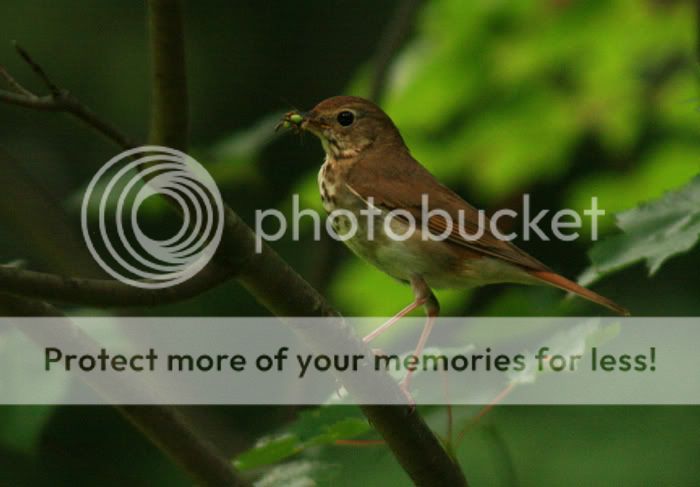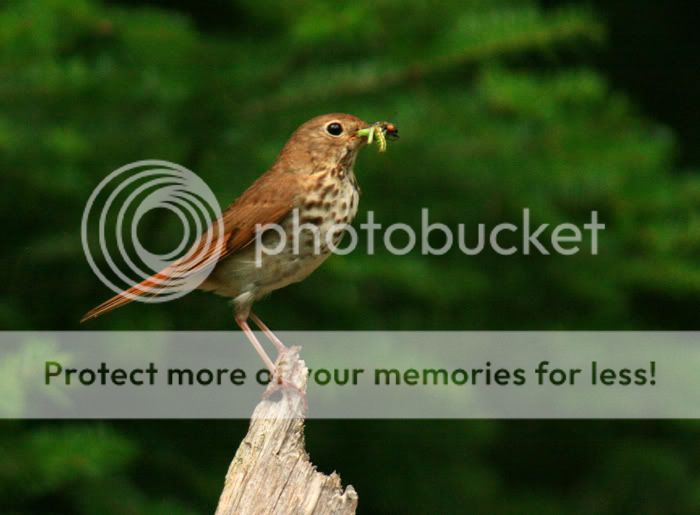forestgnome
New member
Can our birders help us to visually distinguish Bicknell's thrush from hermit thrush. The song is easy enough.
I saw these in feeding behavior along the Rob Brook Trail, much lower than where the BT nests. I thought they were BTs, but I didn't know how similar the HT looks.


Which are these and how can we visually distinguish? Thanks for any help.
I saw these in feeding behavior along the Rob Brook Trail, much lower than where the BT nests. I thought they were BTs, but I didn't know how similar the HT looks.


Which are these and how can we visually distinguish? Thanks for any help.
